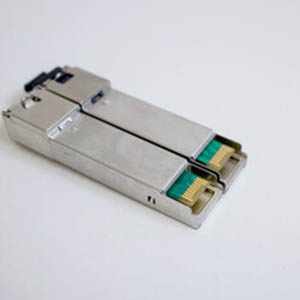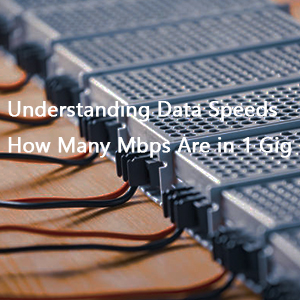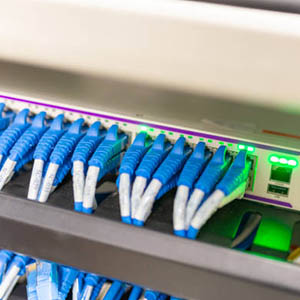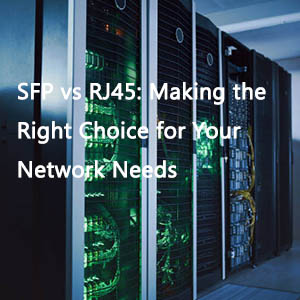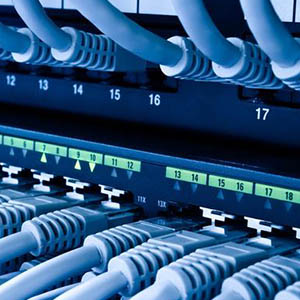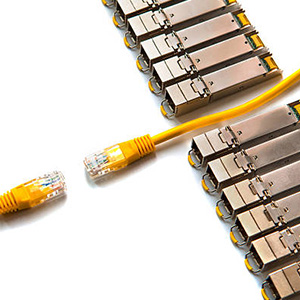The introduction of 400G Ethernet Transceivers is a pivotal topic, as 400G Ethernet is set to dominate discussions for years to come. The transition from 100GE to 400 GbE represents a significant leap forward in data transmission capabilities. Staying informed about the latest 400G era interfaces is essential for anyone in the industry.
1. The Demand and Standardization of 400G Ethernet Transceivers
Since 2018, the demand for 400G optics has been evident in Tier 1 Data Centers, primarily driven by the exponential growth in cloud-based services and the proliferation of Internet-connected devices and users. The Internet of Things (IoT) is expected to expand dramatically, with devices increasingly reliant on data exchange over the Internet. To enhance throughput and reduce latency, 5G NR (New Radio) technology has been developed, particularly for the performance of Fronthaul and Backhaul. For more insights, refer to the articles on Metro Transport Network in 2019 and the comparison between CPRI and OBSAI.
The IEEE 802.3bs standard, introduced in late 2017, defined 400GbE over optical physical media, with a subsequent addition of IEEE 802.3cm in 2019 for 400GbE over multimode fiber using 4 or 8 transmission lines. Several additional standards are currently in the pipeline for approval in 2021.
2. DSP-Empowered 400G Advancements
Previously, upgrading from 100G to 400G required the addition of extra communication lines operating at 100G. However, thanks to remarkable improvements in DSP (Digital Signal Processor) quality and cost-efficiency, it is now feasible to transition to 400G by simply upgrading each side of the connection without the need for new lines. The DSP acts as an essential intermediary between the transceiver’s electrical and optical interfaces, effectively converting 8 electrical channels of 50G PAM4 signals into 4 optical channels of 100G PAM4 signals. The integration of CRC retimer and FEC Block within DSP enhances its ability to manage signal noise.

3. PAM4 Fundamentals
Pulse Amplitude Modulation 4-level (PAM4) is a significant advancement, allowing the transmission of two bits simultaneously. This is a considerable improvement over the NRZ (Non-Return-to-Zero) encoding used in 5G enabling transceivers like 25G SFP28 and 100G QSFP28, which utilize PAM2 (Pulse Amplitude Modulation 2-level). However, PAM4 demands a higher Signal-Noise Ratio (SNR) and imposes stricter requirements for link quality, including clock stability and receiver quality.

4. 400G Ethernet Transceiver Form-Factors (QSFP-DD, OSFP, CFP8)
The form-factor of a transceiver is crucial, especially as the industry moves towards the widespread adoption of 400G Ethernet Transceivers. The debate on the optimal form-factor for 400G is ongoing, with the main contenders being QSFP-DD, OSFP, and CFP8. Each form-factor presents its own set of advantages and limitations, catering to specific applications and solutions.
QSFP-DD is currently favored due to its industry-wide acceptance and the popularity of 100G QSFP28 modules. It offers the highest port density among the competitors, making it more appealing than the newer OSFP form-factor and the bulkier CFP8 modules. QSFP-DD is also designed for backward compatibility with QSFP ports, facilitating a smoother transition from 100G to 400G solutions.

5. Power Consumption Considerations
Power consumption is a critical factor, particularly for the Micro-Controller and PAM4 DSP, which operate at incredibly high speeds. Efforts are underway to enhance the efficiency of QSFP-DD to ensure that internal component heating remains below critical levels. The advent of EUV (Extreme Ultraviolet Lithography) is a promising development that could reduce the power draw of logic components.

6. The Evolution of 400G QSFP-DD Transceivers
The 400G QSFP-DD (Double Density) form-factor and its underlying technology are designed to ensure seamless connectivity. The additional Tx and Rx lanes in QSFP-DD necessitate an extra electrical connector, resulting in 8 lanes of 50G PAM4 traffic between the host and the pluggable 400G QSFP-DD. The DSP then processes this to produce the required 4 lanes of 100G PAM4 optical signal.
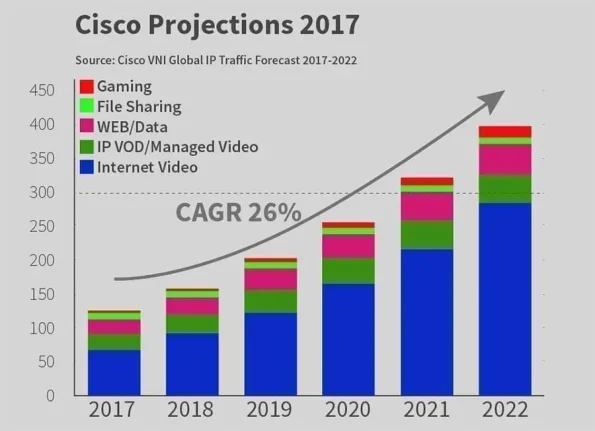
7. The Path to Greater Connectivity
While the 400G QSFP-DD 80km capability is impressive, the future holds even greater potential. The shift towards remote work and study has accelerated the demand for increased bandwidth. This is evident in the Cisco Projections 2017, which anticipated a 26% year-on-year growth for IP Traffic. However, the rapid increase in traffic in 2020 has necessitated a reevaluation of these projections, with calls for 800G, 1T, and 1600G solutions becoming increasingly prominent.
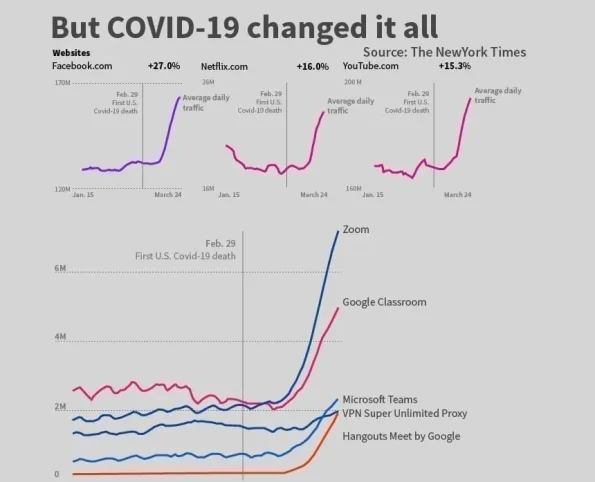
8. Conclusion
In summary, 400G Ethernet Transceivers showcase the ingenuity of human innovation, building upon the legacy of Ethernet’s inception by Bob Metcalfe in 1972. The journey from 1G to 100G has laid the foundation for today’s connected world, with a bright future ahead. We appreciate your time in reading this introduction and welcome any questions or comments. Feel free to reach out to us at sales@fiber-life.com.

